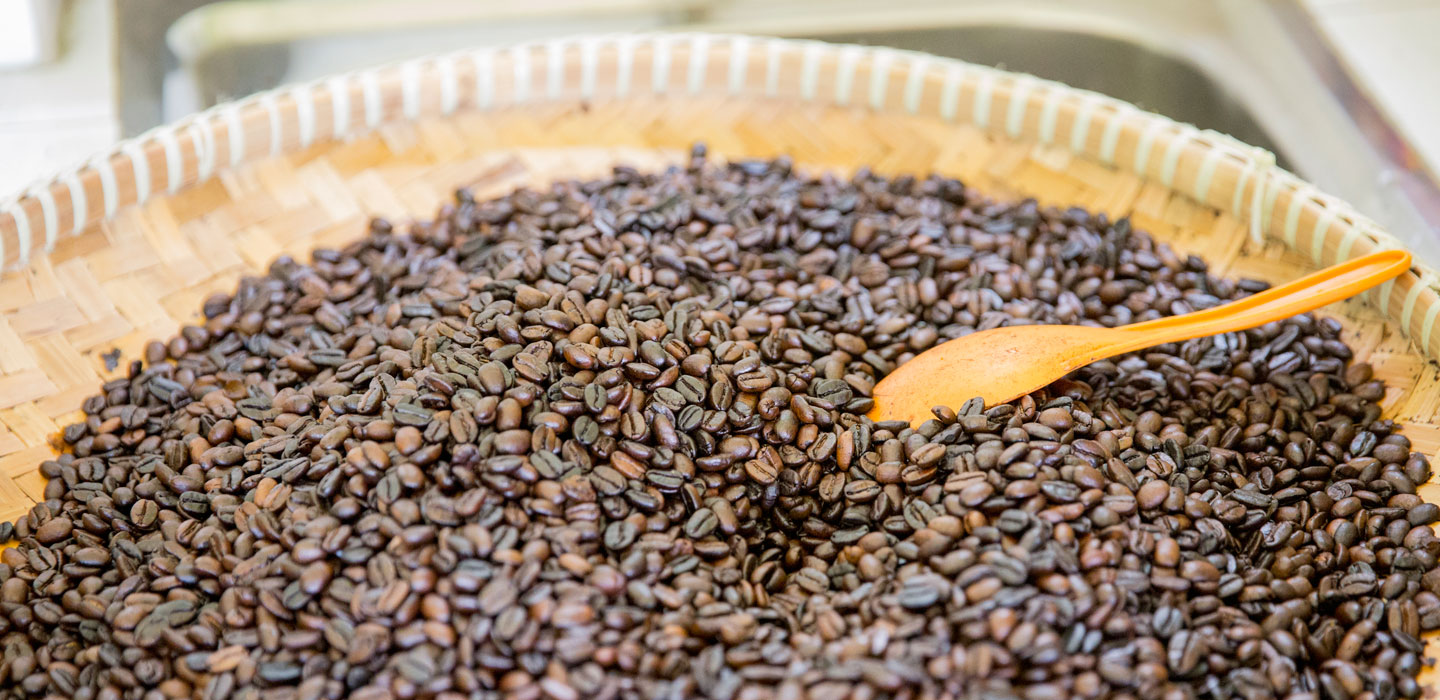Papers and briefs
ابحاث وملخصات

ابحاث وملخصات
عرض القائمة
SearchResultsFilters
نتائج البحث
Lightening the load - Labour saving technologies for rural women
يونيو 2010
This publication looks back at three decades of experiences in introducing labour-saving technologies and practices to rural women and persisting gender discrimination in access and control. It also takes into account major developments in science, technology and innovation over the last several years and shows they can benefi t women.
Making the most of agricultural investment: A survey of business models that provide opportunities for smallholders
يونيو 2010
Drawing on a literature review, this report examines a range of business models that can be used to structure agricultural investments in lower- and middle-income countries, and that provide an alternative to large-scale land acquisitions. A business model is the way in which a company structures its resources, partnerships and customer relationships in order to create and capture value – in other words, a business model is what enables a company to make money. Business models are considered as more inclusive if they involve close working partnerships with local landholders and operators, and if they share value among the partners.
IFAD's livestock position paper
أبريل 2010
IFAD’s goal is that rural women and men in developing countries are empowered to achieve higher incomes and improved food security at the household level. In this way it will contribute to the achievement of Millennium Development Goal #1: “The eradication of extreme poverty”. (IFAD, Strategic Framework 2007-2010)
Learning by working together - Microprojects financed through the Indigenous Peoples Assistance Facility (IPAF)
أبريل 2010
Since IFAD began operations in 1978, it has supported, as part of its mandate to reduce poverty, many rural development programmes in which indigenous peoples have played an important role as stakeholders.
Alternatives to land acquisitions: Agricultural investment and collaborative business models
مارس 2010
Recent years have witnessed a renewed interest in public and private-sector investment in agriculture. Concerns about longer-term food and energy security and expectations of increasing returns from agriculture underpin much recent agricultural investment. Some have welcomed this trend as a bearer of new livelihood opportunities in lower- and middle-income countries. Others have raised concerns about the possible social impacts, including loss of local rights to land, water and other natural resources; threats to local food security; and, more generally, the risk that large-scale investments may marginalise family farmers. The recent debates about “land grabbing” – the media characterisation of large-scale farmland acquisitions in lower- and middle-income countries – illustrate these trends and positions.
Gender and livestock: tools for design
فبراير 2010
This Thematic Paper is part of a Toolkit for Project Design (Livestock Thematic Papers: Tools for Project Design) which reflects IFAD’s commitment to developing a sustainable livestock sector in which poor farmers and herders might have higher incomes, and better access to assets, services, technologies and markets.
The paper indents to be a practical tool for development practitioners, project designers and policymakers to define appropriate livestock development interventions. It also provides recommendations on critical issues for rural development and also possible responses and actions to encourage the socio-economic empowerment of poor livestock keepers.